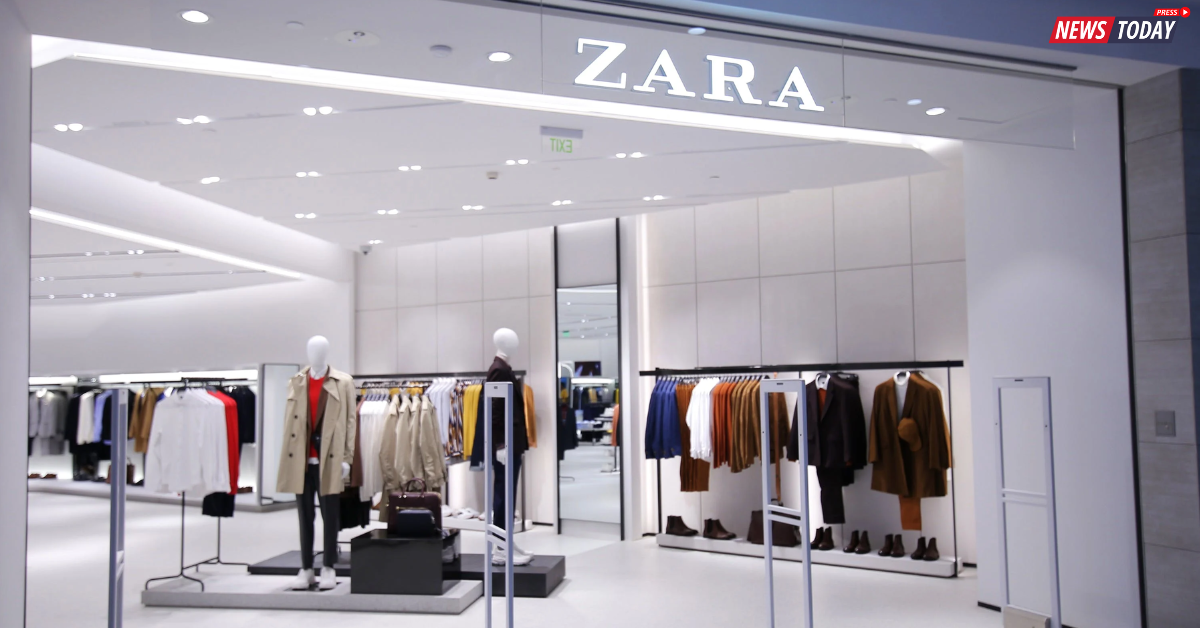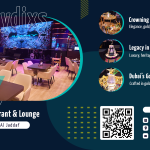Introduction :
Zara, a leading brand under the Inditex group, has transformed the fashion landscape with its fast fashion model since its establishment in 1974 by Amancio Ortega and Rosalía Mera in Spain. This article outlines the strategies that have fueled Zara’s remarkable growth.
Fast Fashion Model :
Zara’s business approach emphasizes speed, allowing the company to design, produce, and distribute new clothing in as little as two weeks. This quick turnaround time enables Zara to adapt to changing consumer preferences more efficiently than traditional fashion cycles.
Supply Chain Innovation :
A major factor in Zara’s success is its innovative supply chain management. The company maintains a vertically integrated system, overseeing nearly every aspect of production. By keeping operations close to its Spanish headquarters and using local suppliers, Zara reduces lead times and ensures high quality while producing limited quantities to create urgency among shoppers.
Data-Driven Decision Making :
Zara leverages data analytics to guide its design and inventory choices. Store managers gather customer feedback and sales data, which is communicated to the design team. This focus on customer insights helps Zara align its products with current trends.
Global Expansion :
Zara has grown its presence globally, operating over 2,000 stores in more than 90 countries. The brand tailors its store layouts and product selections to fit local cultures, achieving a balance between global recognition and local relevance.
Marketing Strategy :
Zara’s marketing approach is unconventional; it spends little on advertising, relying instead on store locations and word-of-mouth. Flagship stores act as marketing showcases, featuring the latest collections and providing an upscale shopping experience.
Sustainability Initiatives :
As awareness of sustainability increases, Zara is implementing eco-friendly practices. The brand aims to use sustainable materials and achieve zero waste by 2025, incorporating recycling programs and sustainable sourcing into its operations.
Challenges and Criticism :
Despite its achievements, Zara faces challenges such as criticisms regarding labor practices and environmental impact. The fast fashion model has been criticized for encouraging overconsumption and waste, prompting Zara to enhance transparency and improve labor conditions.
To conclude, Zara’s evolution from a small store in Spain to a global fashion leader exemplifies its strategic innovation and adaptability. By emphasizing speed, consumer feedback, and sustainability, Zara has not only excelled in the fast fashion sector but also set a benchmark for future retail success. The brand’s ongoing commitment to innovation and sustainability will be crucial as it navigates future challenges.






